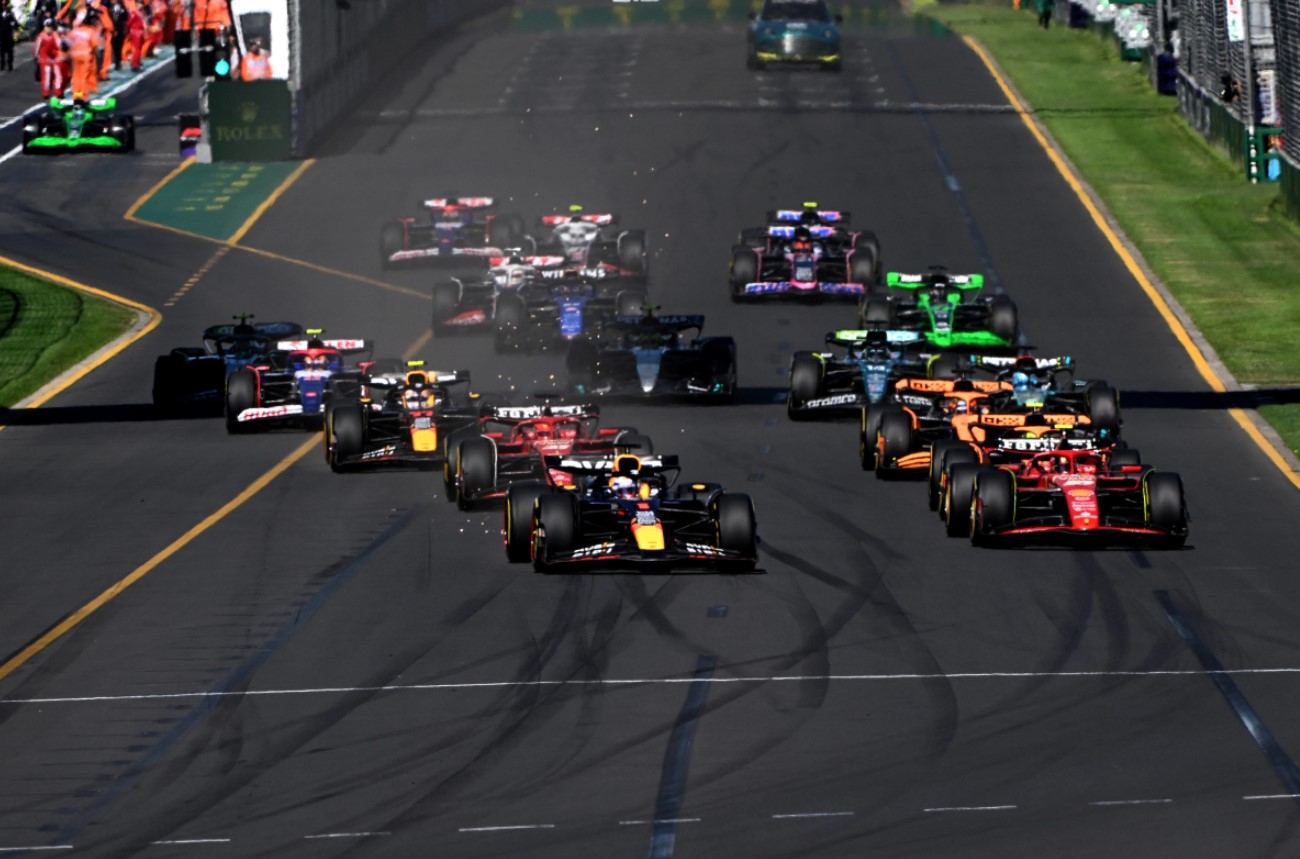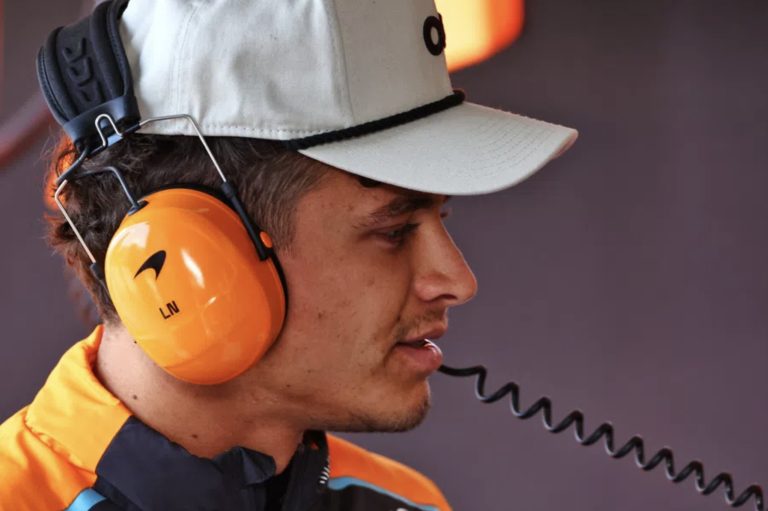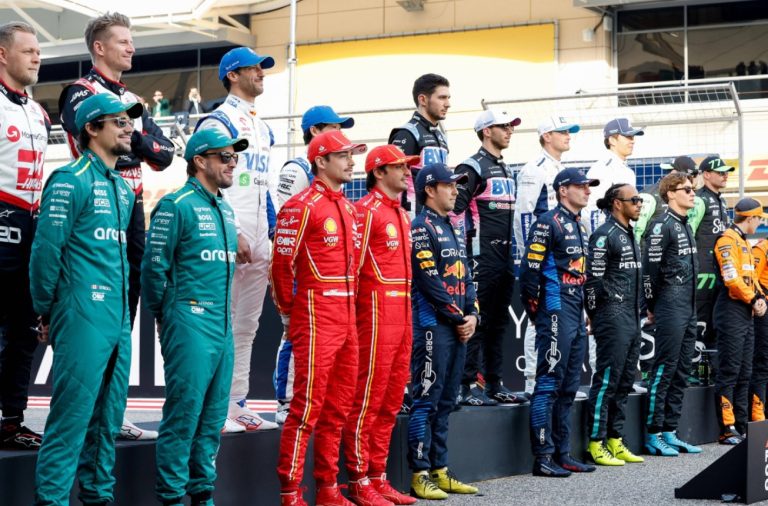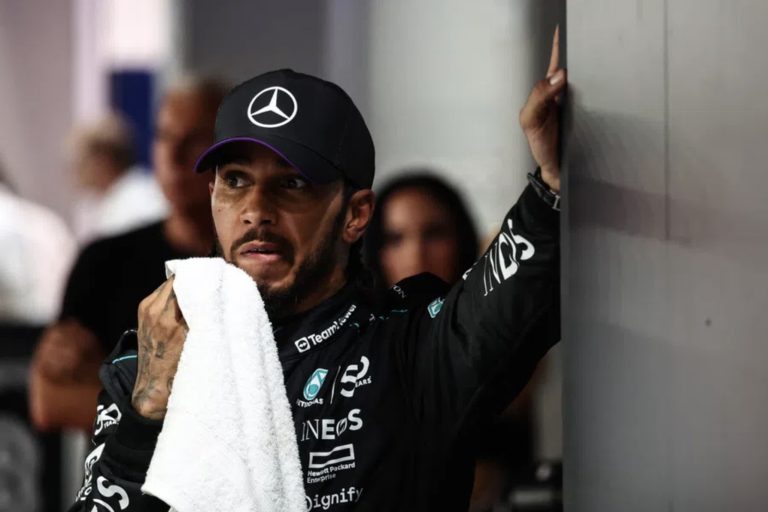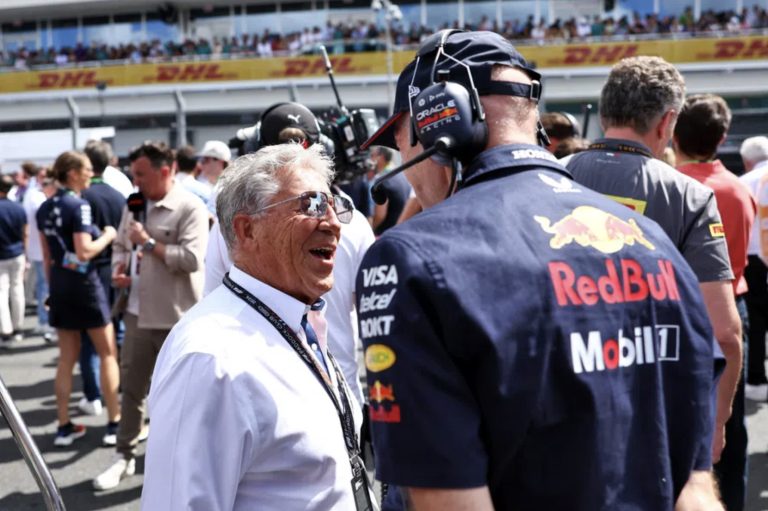Pit Stop Strategy Explained: How the Undercut and Overcut Work in F1
Pit stop strategies are crucial in Formula 1, and understanding how the undercut and overcut tactics work can offer valuable insight into how races are won or lost. Teams carefully analyze tyre wear, track conditions, and the performance of their rivals to determine the optimal time for a pit stop, making these strategies a key element in the outcome of a race.
What is a Pit Stop in F1?
In Formula 1, pit stops involve bringing a car into the pit lane to change tyres and make necessary adjustments. While fresh tyres provide better grip and faster lap times, pit stops take valuable time, so knowing when to pit is critical to gaining an advantage.
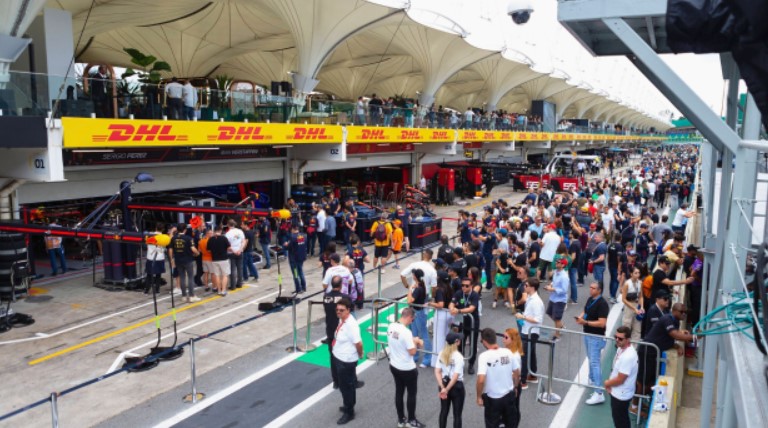
The Undercut Strategy
The undercut is an aggressive tactic where a driver pits earlier than the car ahead, hoping to gain time through fresh tyres. For example, if ‘Driver A’ pits before ‘Driver B’, Driver A can use their fresh tyres to close the gap while Driver B continues on older, worn tyres. Driver A’s out-lap will likely be faster, allowing them to potentially leapfrog Driver B once the latter makes their pit stop.
This strategy is particularly effective on circuits with high tyre degradation or limited overtaking opportunities, like the 2019 Singapore Grand Prix, where Sebastian Vettel used an undercut to snatch victory from his rivals.
Risks of the Undercut
While the undercut can be powerful, it isn’t foolproof. A slow pit stop, traffic in the pit lane, or an untimely safety car can ruin the strategy. Additionally, if the leading driver responds quickly by pitting themselves or pushing harder, they may stay ahead despite the attempt.
The Overcut Strategy
The overcut takes the opposite approach. Here, a driver stays out on track longer than their rivals, aiming to maintain good pace even on older tyres. The advantage lies in the clean air ahead, allowing the driver to set faster lap times without traffic. When the rival pits, the driver on the overcut hopes their competitor’s tyres will take longer to warm up, giving them a chance to stay ahead after their own pit stop.
This strategy is less common but is useful on tracks with low tyre degradation and minimal overtaking opportunities, like the 2021 Monaco Grand Prix, where Sebastian Vettel successfully executed an overcut to emerge ahead of his rivals.

Overcut Risks
The overcut carries its own risks. Staying on older tyres too long may result in slower lap times, or the driver could lose time while trying to make up ground after pitting. However, if managed well, the overcut can be just as effective as the undercut in the right conditions.
Conclusion
In Formula 1, pit stop strategies are like a chess match. Teams must make split-second decisions about whether to undercut or overcut their rivals. A perfectly timed pit stop can transform a race, while a misstep can cost a driver crucial positions. So, the next time you watch a grand prix, remember that each pit stop is part of a much larger strategic battle.
Source: https://www.gpfans.com/en/f1-news/1016512/f1-undercut-overcut-explained/

